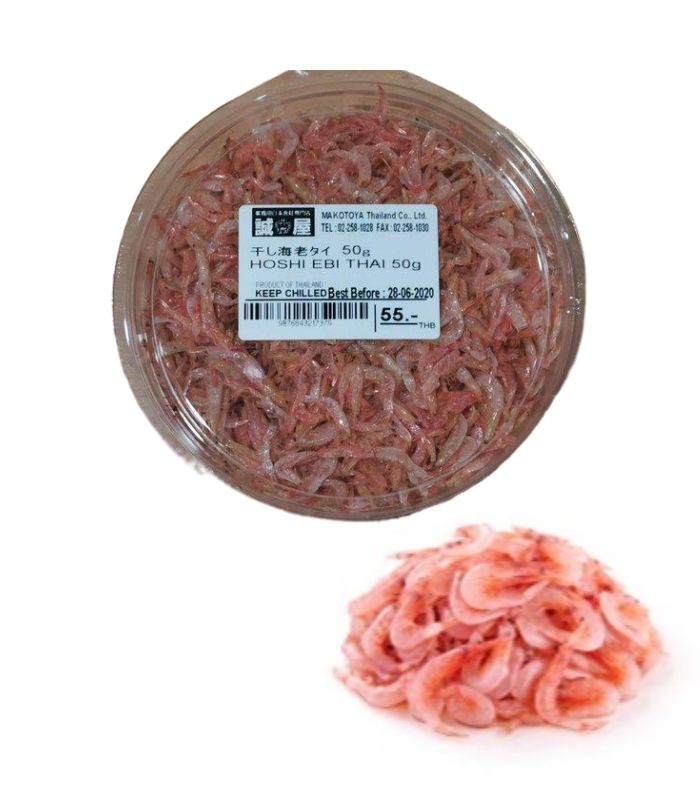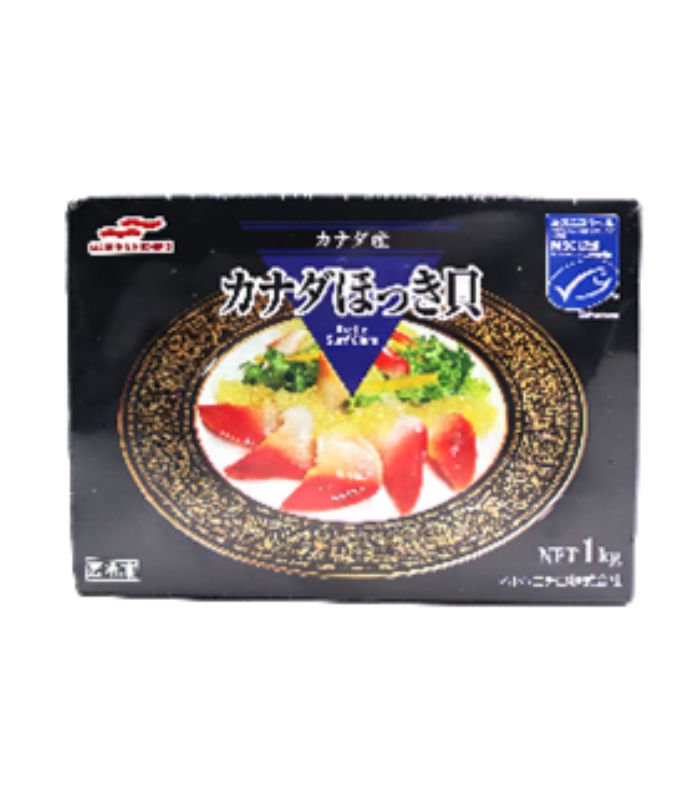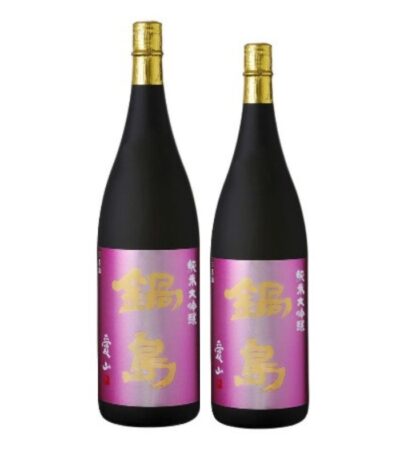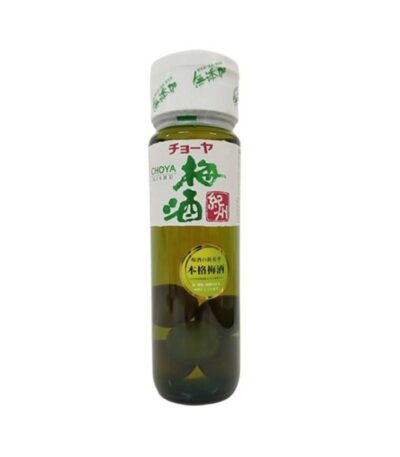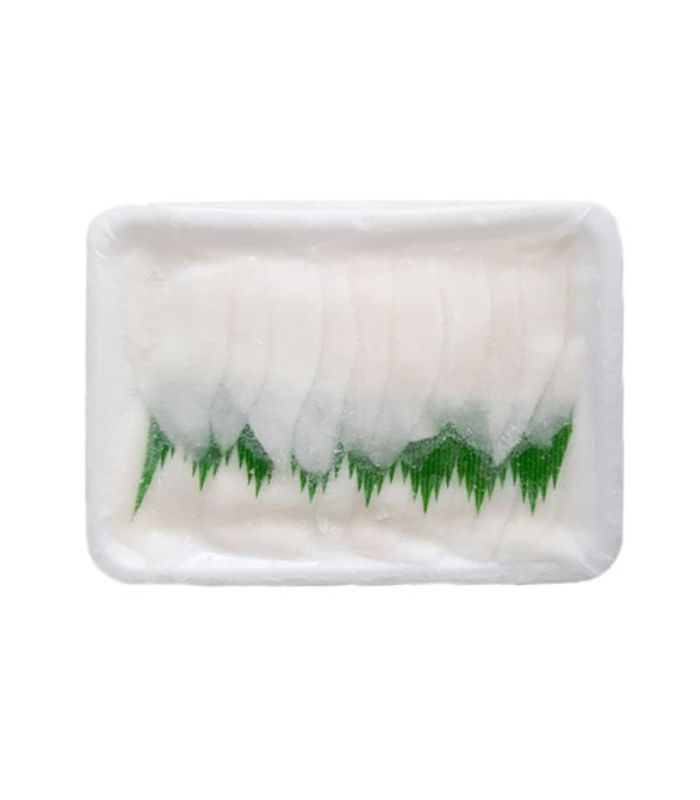Menu
Seafood
Seafood
Frozen Mixed Seafoods
14,50$1KgFrozen seafood mix from Japan is a blend of various seafood such as shrimp, squid, octopus, and scallops. The mix is typically sold in frozen form, making it convenient to store and prepare. The seafood used in the mix is carefully selected for its quality, freshness, and flavor. The mix may include both cooked and raw seafood, depending on the recipe and intended use. The seafood mix is versatile and can be used in a variety of dishes, such as stir-fries, soups, stews, paellas, and sushi rolls. It adds a delicious and flavorful seafood taste to any dish and is a convenient way to enjoy a variety of seafood without having to buy each type of seafood separately. Overall, frozen seafood mix from Japan is a delicious and convenient option for seafood lovers who want to enjoy a variety of seafood in one package. It is easy to prepare, versatile, and can be used in a variety of dishes.Hoshi Ebi
3,20$50gShiokara is a food in Japanese cuisine made from various marine animals that consists of small pieces of meat in a brown viscous paste of the animal’s heavily salted, fermented viscera. The raw viscera are mixed with about 10% salt, 30% malted rice, packed in a closed container, and fermented for up to a month. Shiokara is sold in glass or plastic containers. The flavor is similar in saltiness and fishiness to that of European cured anchovies, but with a different texture. One of the best-known chinmi (rare tastes), it is quite strong and is considered something of an acquired taste even for the native Japanese palate.Frozen Whitebait
16,00$500gFrozen Whitebait that is known as small and tender fish are a popular ingredient in many seafood dishes, known for their unique taste and texture. The whitebait are carefully selected and processed to ensure their quality, taste, and nutritional value. When you taste Frozen Whitebait, you will immediately notice their crispy and delicate texture. The fish are lightly coated in batter and then fried until they are golden brown and crispy. Their flavor is mild and slightly sweet, making them a perfect addition to salads, pasta dishes, or as a snack. Frozen Whitebait is not only delicious but also incredibly nutritious. It is a good source of protein, omega-3 fatty acids, and vitamins and minerals, making it a perfect choice for those who are health-conscious.Frozen Surf Clam
47,00$1KgHokkigai Surf Clam (Arctic) is a premium seafood product that offers a unique and delicious taste as you'll experience a burst of flavor that is both sweet and salty, with a hint of ocean freshness when you bite into it. It is sourced from the cold, pristine waters of the Arctic, these clams are known for their sweet and briny flavor. The texture of the clam is firm and chewy, with a satisfying bite that is perfect for sushi and other dishes. Hokkigai Surf Clams are also a good source of protein, vitamins, and minerals, making them a healthy and delicious addition to any mealDaily Need
Daily Needs
Arabiki Pork Sausage
10,80$500gThe sausage is for the exporting quality from Thai to Japan The taste is Japanese taste which is quite different from the western usual sausage Special match to eat with Rice Arabiki pork sausage is a type of Japanese sausage that is made from high-quality Arabiki pork meat. This type of sausage is known for its unique texture and flavor, which sets it apart from other types of sausage. The meat is seasoned with a blend of traditional Japanese spices and herbs, which creates a complex and delicious flavor profile. The sausage is also known for its juicy and tender texture, which is a result of the high-fat content of Arabiki pork. Arabiki pork sausage is a versatile ingredient that can be used in a variety of dishes. It is often enjoyed as a snack or appetizer, where it is served grilled or friedBaked Fish Cake
3,40$5pcChikuwa is a Japanese product made with salt, sugar, egg whites, starch, and seasoned, ground meat of fishes such as shark, pollock, or flying fish. The ground meat paste is placed around a bamboo stick, and it is then grilled or steamed. The stick gets removed later, leaving a hollow interior. Chikuwa is regularly consumed on its own as a snack, when it is customary to dip it in soy sauce. It can also be sliced and used as an ingredient in stews and Japanese curries. The name of the product means bamboo stick, referring to the key component in its production. Chikuwa is a good source of protein and low in fat, making it a nutritious ingredient in Japanese cuisine. It is also gluten-free and can be enjoyed by those with dietary restrictions. Chikuwa is a Japanese product made with salt, sugar, egg whites, starch, and seasoned, ground meat of fishes such as shark, pollock, or flying fish. The ground meat paste is placed around a bamboo stick, and it is then grilled or steamed. The stick gets removed later, leaving a hollow interior. Chikuwa is regularly consumed on its own as a snack, when it is customary to dip it in soy sauce. It can also be sliced and used as an ingredient in stews and Japanese curries. The name of the product means bamboo stick, referring to the key component in its production. Chikuwa is a good source of protein and low in fat, making it a nutritious ingredient in Japanese cuisine. It is also gluten-free and can be enjoyed by those with dietary restrictions. Usage: Chikuwa, or baked fish cake, is a versatile ingredient that is used in a variety of Japanese dishes. Here are some common uses of ChikuwaBoiled monkfish Liver
22,00$200gBoiled monkfish liver, also known as Ankimo in Japanese cuisine, is a popular delicacy and It is prepared in the same way as fresh boiled monkfish liver, but is flash-frozen immediately after cooking to lock in its flavor and texture. Despite being frozen, boiled monkfish liver retains its rich, buttery texture and umami flavor. Beside its luxurious taste and texture, boiled monkfish liver is also considered to be a healthy food, as it is low in fat and high in protein. In addition, it is a good source of omega-3 fatty acids, which are essential for maintaining good heart health, reducing inflammation, and supporting brain function Header menu Beverages
Header menu Beverages
Seafood
 Header menu Ingredients
Header menu Ingredients
Seafood


